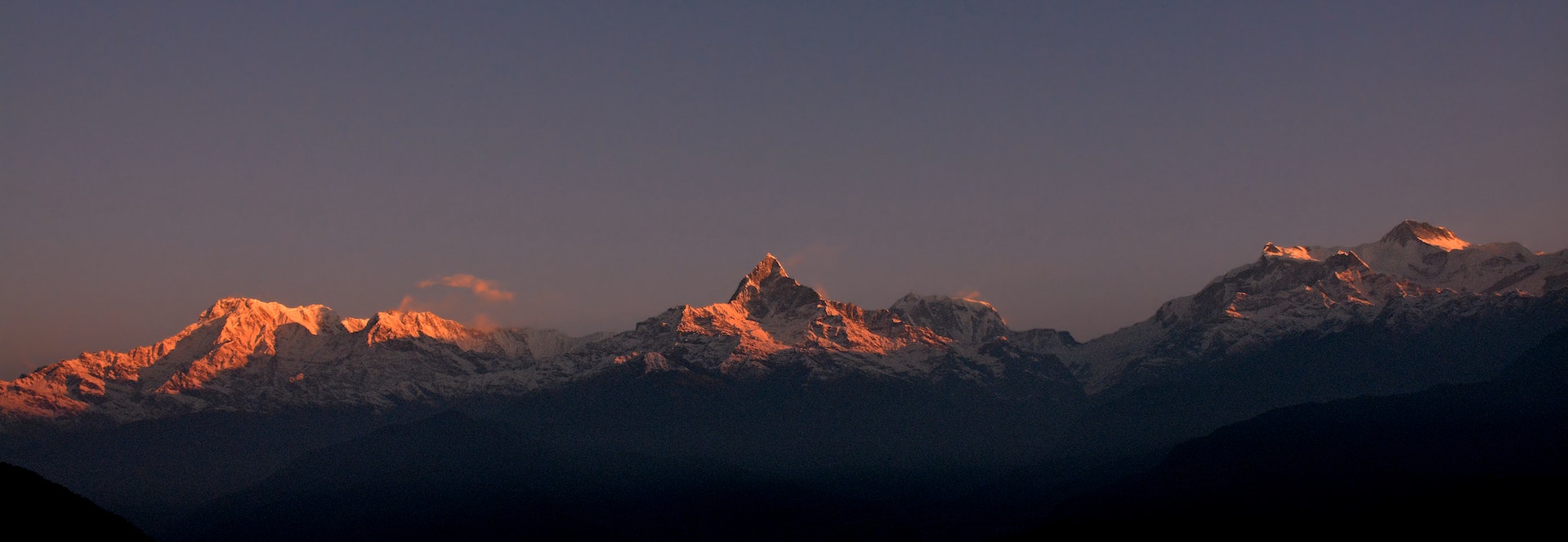Day 1: Greeting at Tribhuvan International Airport (Transfer to Hotel)
Our Speedy Tourism and Travel member will meet you at the airport and exchange to your inn. As you spruce up after your long voyage, you will be approached to visit our office for instruction on your program. You will have a gathering with your trekking guide and talk about the equipment required for the trekking and we will process for the trekking permits. If you arrive around evening time, we will have a similar discussion in the next day morning.
Day2: A full day recreational tour of Kathmandu
The exceptionally next morning, after breakfast you will be taken for an entire day touring visit around Kathmandu valley. You can visit the focal point of pilgrimage Pashupatinath Temple and Swyambhunath, exceptionally ancient and basically enrolled in UNESCO World Heritage sites. The greatest Buddhist Stupa at Boudhanath may make you feel quiet and harmony and visit Patan the city of expressive arts and Durbar Square is brimming with Hindu sanctuaries and Buddhist landmarks. On an adventure back to the lodging, you can investigate the neighborhoods and way of life. After your supper, you can maybe go for a relaxed walk through the well-known streets like Thamel and Durbarmarg.
Day 3: Kathmandu-Khandbhari
It's around a 50-minute trip before we touchdown on a grass Airport at Tumlingtar. The trail rises entirely through forests of rhododendrons and Sal trees passing a couple of beautiful villages. The trail crosses a level and ascensions step by step for around 3 hours. We camp over the village on expansive grassy fields. We walk north to Khandbhari. We trek further an hour by means of the fascinating rich village for camping.
Day 4: Khandbari-Chichila (1840m)
On our first day of trekking it's and a generally relentless stroll through the beautiful villages and dense forest of the lower regions. The wide open will turn out to be rural and we will move through bamboo forests along the edge to Arun Than (1280m), after which we proceed through bamboo forests and enormous rocks to Sheka (1350m). Trek further to a village of Chichila, chiefly occupied by Gurungs and different other communities also.
Day 5: Chichila to Num (1505m)
The morning begins with superb perspectives on Makalu and the encompassing snowcapped tops. In the long run, we meet a ridgeline with incredible perspectives on either side and plummet through a forest by a little enduring river where you will stroll on a level trail for around one hour to Num, which is on an edge above Arun Koshi River. Pretty much every night Num encounters an emotional presentation of thunder and lightning, which makes life here that smidgen even more fascinating.
Day 6: Num-Seduwa (1540m)
We will slowly descend from the western end of the Num edge through the cornfields of Lumbang. The trail ignores the suspension bridge and climbs through forest and a couple of traditional villages. Individuals of this region are basically occupied with horticulture and harvests become here are paddy, millet, potatoes, and vegetables relying upon the season. Rise proceed through thick forests, in the end brings to delightful campground Seduwa. Here is expansive level outdoors grass edge over the Makalu Barun National park checkpoint, where should have been registered. We can appreciate a wonderful view thinking back towards Num and the ridgelines bouncing the Arun Valley.
Day 7: Seduwa to Tashigoan (2070m)
From Seduwa, we climb the edge, which is limited by the Ipsuwa Khola on the west and Kasuwa Khola toward the east, with level and simple climbing through the bushes. The way cuts over the slope, forming through silence village during the way. You will see local people utilizing buffalo to furrow the little paddy fields, as each land parcel conceivable is being used for cultivating. At long last, we move to the last settlement of trek to Tashigoan. The outdoors spot in this town is extremely a laudable site underneath the national park office.
Day 8: Tashigoan -Khongma (3560m)
We stroll slowly through the thick forest of remote clean and Rhododendron passing numerous edges and occasional Yak herders. The trail ascends to Chipla (2520m) and even winds up more extreme, battling up past stream and an immense overhanging rock directly beneath the Mani Danda. We have a stuffed lunch in view of the absence of the water in the middle of Tashigoan and Khongma. Khongma is the last open door we need to stop before intersection the Shipton La and dropping down into the upper areas of the remote Barun Valley. There are no buildings here and huge numbers of the tent locales are on the inclining slope.
Day 9: Khongma to Mumbuk (3550m)
From Khongma, climb the edge on soak curves to a stone chorten at 3840m and feast your eyes on perspectives on Chhamlang, Peak 6 and Peak 7. Inadequate rhododendrons and overgrown rocks line the trail as you climb a stone staircase more than a few false edges towards the little pass known as Ghungru La (4050m). The way wanders aimlessly steeply, going through the forest before rising on to an edge with Mani dividers, various prayer flags and wonderful mountain views, including Kanchenjunga. Plummet to a little turquoise lake after which we will rise again through Shipton Pass. We at that point drop down the seat for a rest by the lake Kalo Pokhari, before disregarding the Keke La (4152m) and a simple plummet stroll through rhododendron and pine backwoods towards Mumbuk. It is a peaceful outdoors spot encompassed by green forests.
Day 10: Mumbuk-Nghekharka (3750m)
From Mumbuk, the trail drops down a scree-secured incline into the long, bending Barun Valley. The Barun River going through the trail adds more measurements to the trek with its staggering perspectives on Mt. Tutse (Peak 6) 6739m and Peak 7 (6185m). It's a lovely walk, gradually picking up height until we touch base at YangriKharka (3610m). YangriKharka is a small village arranged in a knoll at the base of the valley. From YangriKharka climb tenderly to Nghekharka, another group of crowd's cabin and prayer flags on the opposite side of Barun.
Day 11: Nghekharka to Merek (4570m)
Past Nghekharka, the river makes a tremendous S-shaped bend between curtains wall of cliffs that tower on either side of the stream. From the glade at Riphuk (3930m), move past a cascade and up over swampy ground to a desolate stone cabin. Another delicate trip passes a Mani divider to YakKharka (4400m). Have grand perspectives on Chhamlang, Peak 3, Peak 4 and Peak 5.
Day 12: Merek to Makalu Base Camp
As the way moves towards northwards into a side valley, Makalu, at last, takes off into view. Adhere to the swoon, level trail following the east bank of the stream to Shersong (4660m). From Shersong, it is a slow move to a minor pass around 100 meters above Makalu base camp after which we dive to a stream and cross-stones to the base camp on the west edge of the river. There are stupendous perspectives on the south substance of Mt. Makalu.
Day 13: Explore around the Makalu Base Camp
We go through multi-day investigating around base camp, with the point of scaling towards the Advance Base Camp toward the beginning of the Makalu's South East Ridge, where on the edge of the frosty inclines you get a fabulous view up the Barun Valley of Everest. An even more remunerating endpoint to the trek is to climb the 5250m edge upper east of Shersong on the lower inclines of Peak 3. From this grand vantage point, there are additionally sees northwest to Lhotse, Lhotse Shar, and Everest. When you are feeling burnt out on having your wonder enlivened, come back to Shersong through the evening.
Day 14: Return to Khongma
We continue our trek descending through the rock fall and afterward climb the rough gorge to the Shelter of Mumbuk. Trek crosswise over Shipton La and dive to Khongma.
Day 15: Return to Seduwa
We will take a long rest to plummet back to the civilization at Tashigoan and after Lunch simple stroll to Seduwa. We will be camping at Seduwa.
Day 16: Return to Chichila
Begin early morning for generally simple trekking along the edge to Chichila for around of 5 hours. Today we will be camping at Chichila.
Day 17: Return to Tumlingtar
After our final trekking day heading towards Tumlingtar. We will be preparing for an early flight to Kathmandu the next day.
Day 18: Fly Tumlingtar to Kathmandu
We complete the adventure with a trip to Kathmandu. At night you can have your last night in Nepal enjoying Nepali cultural dinner, taking some lovely snaps and deciding for the returning adventure. (Or on the other hand, you may remain longer for short visits, for example, drives at National parks, boating, Tibet visits, mountain flight and so forth).
Day 19: Final Departure
We will drop you at the Tribhuvan International Airport for your voyage back to your home.

